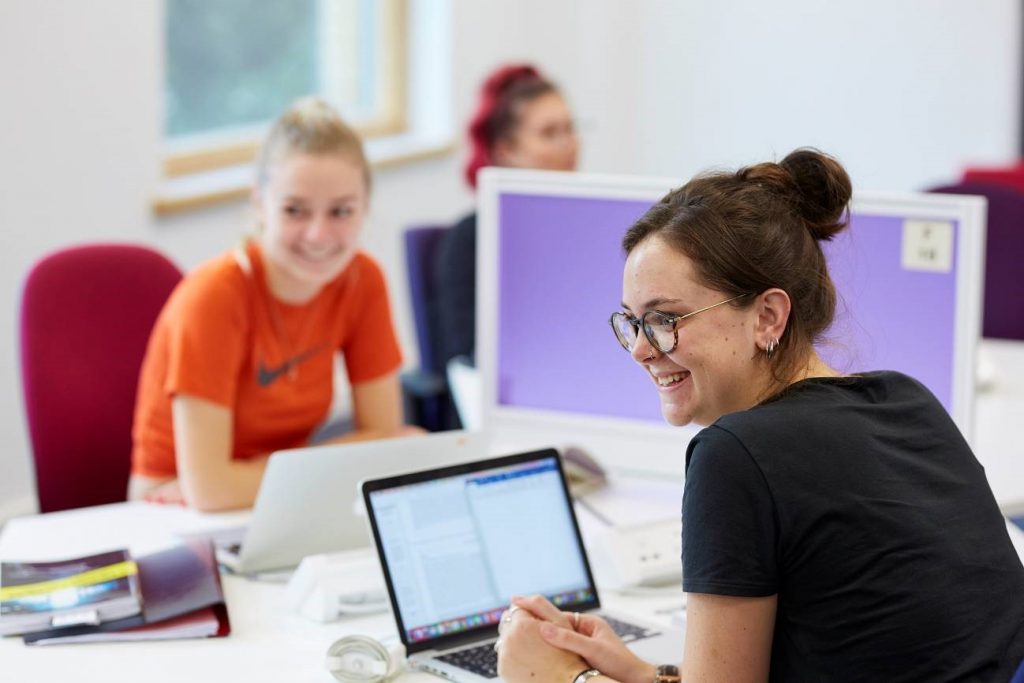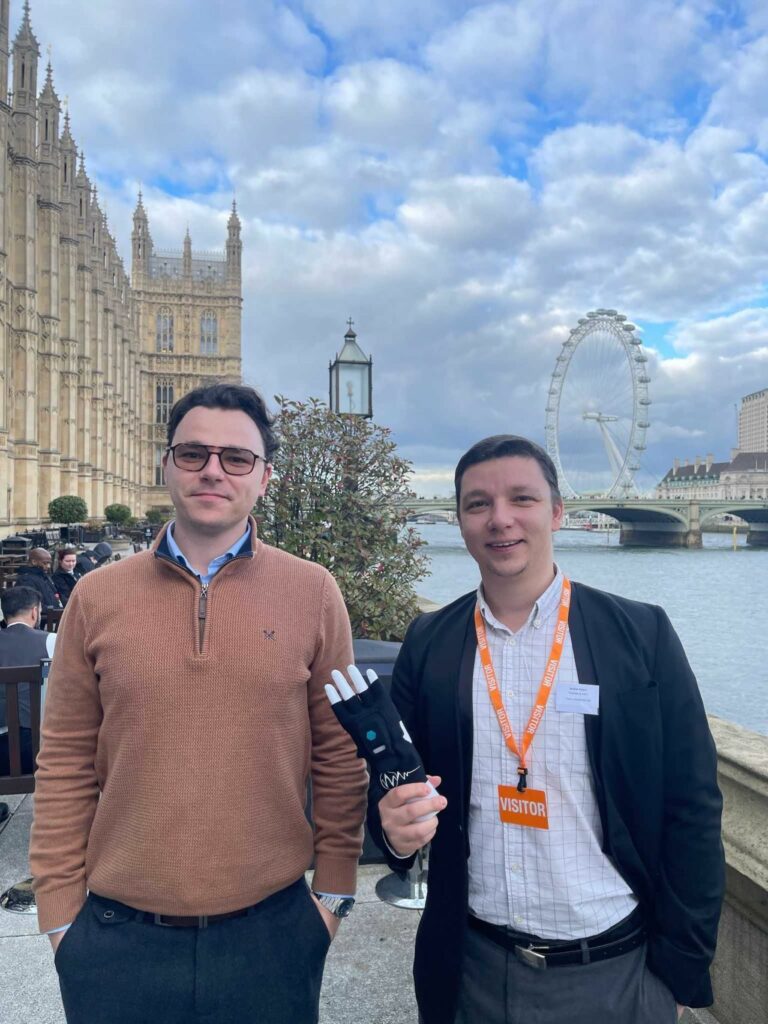Earlier this month, the Teaching and Learning network were delighted to be joined by Sir Michael Barber, to discuss the challenges and opportunities that have arisen from our experiences in delivering online teaching and learning so far. The discussion helped form UA’s submission to the OfS review of digital teaching and learning in English higher education during the coronavirus pandemic, which you can read here.
For universities up and down the country, the early days of the pandemic were given over to large-scale digital reform and innovation, as teaching and student support moved online.
Six months later, universities are welcoming back students with a blended learning approach (a mix of online and face-to-face teaching). For Alliance universities this approach is nothing new, with digital learning opportunities existing long before the pandemic.
But our recent experience has taken this one step further. Alliance universities have now amassed a wealth of evidence about the benefits of blended teaching and learning, and have a good understanding of the challenges of delivering it well. I’m not just referring to the hardware and software required for each learner, but the upskilling for staff and students too.
It’s created a catalyst to enable us to engage critically in our teaching and learning practices. We’ve had to rethink our assessment practices, our traditional lecture format and the role of campus space in the student experience.
The challenges we’ve faced along the way
By far the biggest challenge has been addressing digital exclusion (often referred to as digital ‘poverty’), where a student is without access to one or more of the core items of digital infrastructure, including appropriate hardware, reliable access to the internet, and particularly, appropriate study space.
Alliance universities have invested significant resources to provide a digitally inclusive environment for students. They have distributed thousands of pieces of IT equipment, delivered laptops to students’ homes and provided designated socially distanced space on campus for commuter students to study. Despite this, not all of our students’ digital inclusion needs have been met.
Another notable barrier is the technology available is not always fit for purpose. Online meeting platforms used to communicate with students are not always designed with teaching and learning in mind. And elsewhere, you’ll find that depending on the discipline, some learners may just need an iPad whereas others, such as those studying computer animation, need high end computers that are not always available.
We need to ensure university staff are getting the right training and support to teach, and we need to adapt and develop our systems and processes to this new way of working.
We also need to overcome the perception that online teaching is less valuable, and cheaper than face-to-face teaching – predominately underpinned by the traditional model of a student studying full time and living in halls. It goes against what is happening at many Alliance universities (pre-pandemic), where more than half of students commute from home, balancing studying with work and other responsibilities. For these ‘non-traditional’ students digital teaching works well. These outdated perceptions of what counts as ‘home’ and as ‘student’ must be corrected.
The impact on the future of learning
Digital delivery is likely to remain a core feature of teaching and learning well beyond the pandemic – highlighted by how Alliance universities are finding that many students are more engaged by the digital experience than traditional face to face delivery. Online learning ‘festivals’ have engaged many more students and staff than previously and have brought together multiple campuses in a way that is not possible in-person.
This presents exciting opportunities to expand access to higher education to those who might not have thought it was accessible to them in the past, notably mature and part-time students.
However there will be limitations too. Physical interaction is vital, and there are negative consequences of 100% remote learning on mental and physical health. Staff will need further resource and support too, to ensure they can teach effectively online. It’s important to get the balance right.
I’m sure we will soon see sophisticated models of blended learning in practice, e.g. intra-, inter module and hi-flex simultaneous, for a much wider range of courses than expected.
What does University Alliance want to see from government?
Engaging online learning requires investment and resource, and to ensure no students fall through the gap, we need central government support.
- Government should guarantee universal free access to the internet for all, as well as access to affordable laptops to ensure no student falls through the digital inclusion gap.
- Government and Professional, Statutory and Regulatory Bodies should ensure that the measures used for regulating, monitoring and evaluating teaching and learning incentivise high-quality digital delivery.
- The higher education sector should review its internal processes and systems to ensure they are fully compatible with (and not a hindrance to) digital teaching and learning.
- Technology companies should work with the higher education sector to improve existing technologies and ensure they are fit for the purpose of digital teaching and learning.
- Government, local authorities, schools, colleges, and universities should work together to build the digital fluency of students of all ages and ensure they are receiving a fully digitally inclusive education from primary school onwards.
- Government and the higher education sector should work together to promote the benefits of digital teaching and learning to employers, students, and their families.




